A Third Palestinian Intifada in the Making
By RAMZY BAROUD
At a recent conference I was repeatedly asked about the prospects for a third Palestinian uprising, or Intifada. The question, although seemingly uncomplicated, is both loaded and important, and cannot be answered in a mere two minutes or less.
A ‘third Intifada’ would imply that the second has already ended. But has it? Or did it simply lose momentum, sense of focus and direction, or were its energies squandered – as a popular uprising – on factional disputes and internal division?
Some of its initial leaders are no longer involved, and a cohesive uprising cannot exist if too many of its players have switched sides, changed roles, or are absent altogether. To approach this subject more practically, the first Intifada in 1987 must be thoroughly scrutinized.
Palestinian collective revolts are not a singular response to singular problems caused by outsiders, for example the British mandate, Zionist colonial designs, Israeli occupation, and so on. What is often missed are the internal factors which anger the Palestinian masses, such as their leadership’s failures, divisions, u-turns, corruption, nepotism, and so on.
The 1987 uprising was consistent with this model, although it certainly inspired a paradigm shift. On one hand, it was a collective cry for justice and an earnest attempt at ending an Israeli occupation of Palestinian land occupied in 1967. But it also represented the instinctive desire to reclaim the Palestinian struggle, which had for long been managed from abroad: Jordan, Lebanon, then, more or less, Tunisia.
There was a permeating awareness among Palestinians in the occupied territories that their plight had turned into power struggles between various factions based in various Arab capitals, and that their disputes were hardly ideological, but more pertinent to issues of control, money and status.
The first uprising quickly formulated its own ideas, mechanisms and symbols, all reflecting the unity of purpose among Palestinians. In fact the overt emphasis on "national unity" in the Intifada’s symbols and slogans was a clear sign of Palestinian denunciation of disunity and factionalism.
Although the Israeli response to the first Intifada was lethal, it hardly compares to the more violent response to the second uprising of 2000. The Israeli government wanted to crush the revolt before it developed a rhythm and turned into a long-term, popular commitment. Israel also operated with the erroneous assumption that the uprising was manufactured by the late Palestine Liberation Organization (PLO) leader, Yasser Arafat, to extract political concessions.
The fact is both Israel and the Palestinian Authority (PA) – assembled following the 1993 Oslo Accords as an alternative to the all encompassing PLO – were caught by complete surprise when Palestinians took to the streets in defiance, not just against the Israeli occupation, but also the wavering attitudes and rampant corruption that pervaded their own leadership.
If we must accept that the second Intifada is over, or was ended by the infighting between Fatah and Hamas, then an examination of its outcomes is necessary. Although the second Intifada has not brought an end to the Israeli occupation, it certainly has made a serious impact on the political institutions in Palestine. It has given rise to another leadership, that of Hamas, and forced a major rethink within the once leading movement, Fatah.
The second uprising greatly undermined the PA, and therefore the Oslo accords that brought it into existence, highlighting the need for alternative – and truly representative – political institutions, such as a revived version of the PLO.
Indeed, every major Palestinian revolt in the past has resulted in new, unpredictable realities, and despite all attempts, the status quo that defined the pre-revolt periods is often negligible afterwards. New faces, names, priorities, slogans and symbols are often introduced to the mix, although still defined by an everlasting desire for justice, meaningful peace and freedom.
Israel’s methods for subduing Palestinians and crushing uprisings have also produced new realities, thresholds and relationships. Methods such as huge walls, new settlements and weapons of mass suppression often complicate the already painful existence of Palestinians living under occupation and result in more revolts.
The first Intifada brought the struggle home, and introduced local leaderships, who competed with the old guard on all fronts, including the right of articulating Palestinian demands and aspirations. The second Intifada saw the Oslo accord and its adjoining ‘culture of peace’ as a worthless process that failed to improve the dreadful reality on the ground – although it did manage to empower a specific class of Palestinians financially as well as politically.
Now Palestinians find themselves in a transition that has an uncertain outcome. There are more questions than answers: where will the Fatah-Hamas clash lead? Will Fatah carry on while maintaining its current structure? For how long? Will Palestinians continue to adhere to the once uncontested demand for a two-state solution? And how credible is that formula under the current circumstances, where a clear cut separation is complicated if not totally unfeasible? How will the geopolitical split between the West Bank and Gaza play out in coming years?
Palestinian uprisings are often a collective response to hard questions. The chances are the next Intifada – as surely there will always be one as long as the occupation continues – will find again a popular rejection of the ills which have afflicted the Palestinian cause, It would once again reassert the relevance, if not the leading role of the Palestinian people as the real owners of their fate, and guards of their own struggle.
– Ramzy Baroud (www.ramzybaroud.net) is an author and editor of PalestineChronicle.com. His work has been published in many newspapers and journals worldwide. His latest book is The Second Palestinian Intifada: A Chronicle of a People’s Struggle (Pluto Press, London).


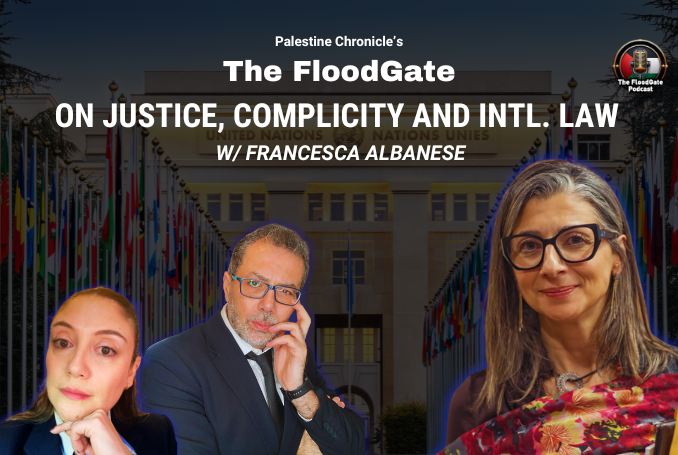


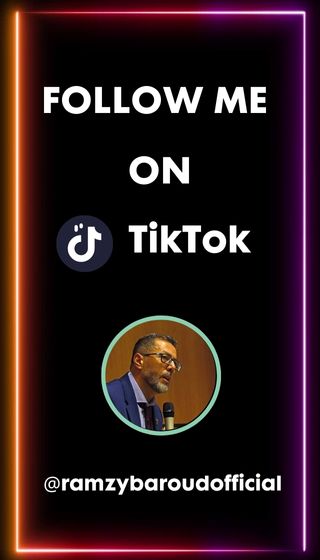


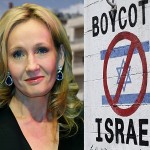

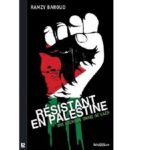
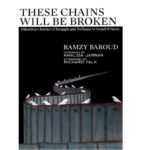

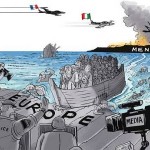

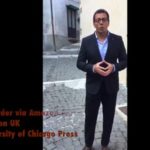



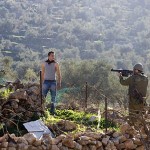
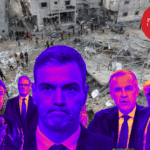
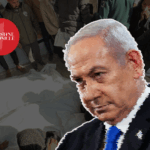
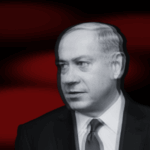

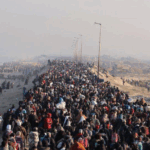

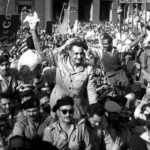
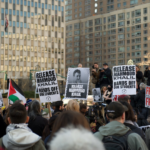
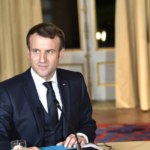
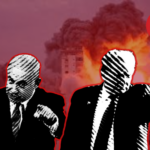
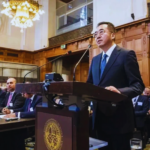
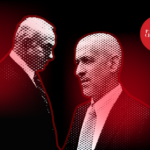
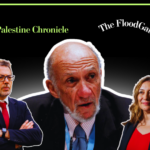
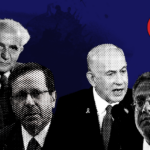
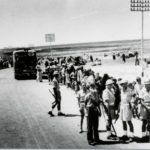

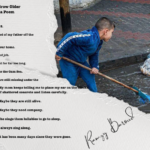


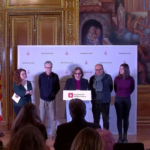
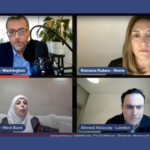
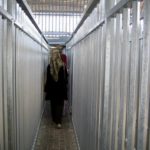
0 Comments